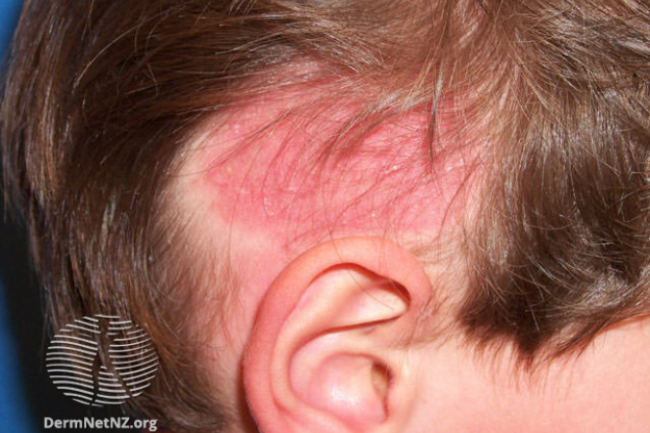Antifungal treatment
You must see your doctor if you have symptoms of scalp ringworm because treatment requires antifungal medication taken by mouth (tablets, capsules or liquid) and available on prescription. Examples include terbinafine, itraconazole and fluconazole. You may need to take the antifungal medicine for 6 weeks or more, until hair regrows. With treatment, the bald spots will usually grow hair again and the skin will heal without scarring.
Antifungal creams do not work because the cream cannot penetrate the root of the hair follicle, where the fungus is.
Medicated shampoo
Your doctor might recommend that you use a medicated shampoo, such as povidone iodine and selenium sulfide. The shampoo removes fungus spores and helps stop the infection spreading to other parts of your body or to other people.
Good hygiene
Good habits can help clear up scalp ringworm and prevent you getting it again.
- Do not share personal items such as hairbrushes, hats, helmets and pillows. These should be properly cleaned with hot water.
- Clean combs and brushes using a disinfectant such as a diluted bleach solution (1 part bleach to 10 parts water).
- Wash all bedding and towels on a hot cycle and put in the dryer using the hottest heat recommended on the care label until completely dry (times may vary depending on materials).
- Steam clean furniture that is frequently in direct contact with affected individuals.
- Some household members may carry the fungal spores but not have any symptoms. It is recommended that household/whare members use an antifungal shampoo for 2–4 weeks to help clear up the spores.







